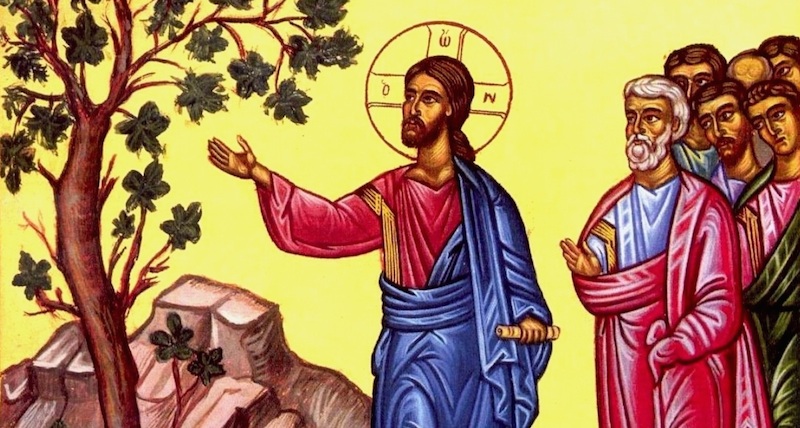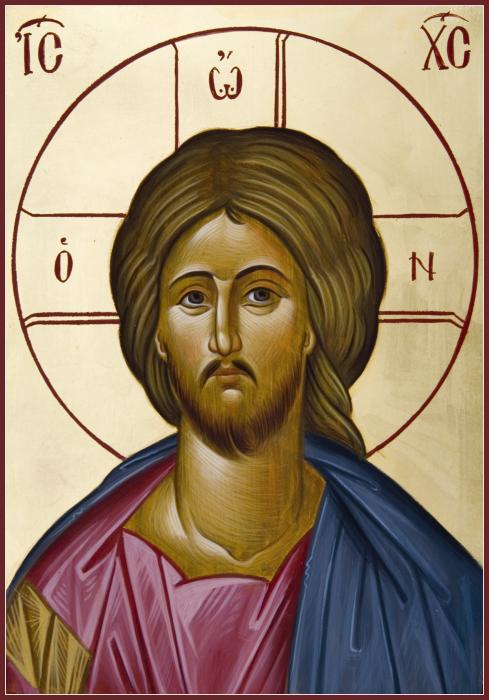Tag: Divinity
Divine Jesus in the Gospels
 Bart Erhman is one of the most popular Scripture critics I hear quoted these days. In this video series below, Brant Pitre pits him against Anglican apologist, CS Lewis:
Bart Erhman is one of the most popular Scripture critics I hear quoted these days. In this video series below, Brant Pitre pits him against Anglican apologist, CS Lewis:
Pray He finds figs

If you’ve ever had the chance to speak about the Christian faith with a Muslim, chances are that you will have heard the following objection raised to the divinity of Jesus (whom they call “Isa”):
“Does God know everything? Of course He does! If so, why did Isa (Jesus) not know when you can get figs? In Mark’s Gospel he goes to a fig tree looking for fruit, but he didn’t even know they weren’t in season! Isa therefore cannot be God”
If you’re a Christian who knows his faith, it’s tempting to laugh at such an objection and ignore it. However, today I would like to respond to this argument. I would like to do this for two reasons. Firstly, Scripture commands us to “be ready to give an answer” (1 Peter 3:15). Secondly, I think that the Biblical text being referred to here is really interesting and one upon which we would do well to meditate.

Quick Apology: Catholics think Mary is divine
This should be the last Marian “Quick Apology” I’ll be doing for a while. After all, I have other things I want to write about! However, before we leave the subject of Mary, I wanted to address the claim that Catholics think that Mary is divine…
Objection
On this blog I’ve received comments like the following:
“Catholics basically think that Mary is divine. It’s like the Trinity has been replaced with a quartet – Father, Son, Spirit and Mary”
How might you respond?
Response
The simplest way to respond to an assertion like this is to ask for any official Church document which teaches this. Can the objector produce a reference in the Catechism, a Council or a Papal Encyclical? I can guarantee you they cannot.
When they are unable to provide the evidence you request, I would suggest that you then point them to the binding teaching of the Catechism:
488 “God sent forth his Son”, but to prepare a body for him, he wanted the free co-operation of a creature. For this, from all eternity God chose for the mother of his Son a daughter of Israel, a young Jewish woman of Nazareth in Galilee…
The Father of mercies willed that the Incarnation should be preceded by assent on the part of the predestined mother, so that just as a woman had a share in the coming of death, so also should a woman contribute to the coming of life.*
[This is a beautiful teaching from the Early Church, where the Fathers referred to Mary as being a kind of “New Eve”]
489 Throughout the Old Covenant the mission of many holy women prepared for that of Mary…Eve…Sarah…Hannah…Deborah; Ruth; Judith and Esther….
Mary “stands out among the poor and humble of the Lord, who confidently hope for and receive salvation from him. After a long period of waiting the times are fulfilled in her, the exalted Daughter of Sion, and the new plan of salvation is established.”
Invented at Nicaea?
A friend of mine recently told me about a conversation she had with her friend who considered himself a follower of Jesus, but who also held to the popular Dan Brown myth that one also often hears from Jehovah Witnesses and Muslims, that the divinity of Christ was something invented by the Emperor Constantine at the Council of Nicaea.

Don’t trust murdering albino monks when it comes to theology…
I promised my friend that I would put together a post to demonstrate the Divinity of Christ from both Sacred Scripture and Early Church history, so here it is…
You say goodbye and I say halo…
It’s been a while since I’ve written anything about icons….
Today I was at the Divine Liturgy with a small contingent from Good Shepherd and it prompted me to write a post explaining the letters which often appear on Christ’s halo:
In iconography, the halos of angels and Saints are typically filled with gold. In icons of Christ, however, there is also a cross superimposed upon the halo. In the icon above, known as the “Pantokrator” (“Almighty”) , you can clearly see this. Only three arms of the cross are visible, each symbolizing a member of the Trinity. Now, at the edge of each arm is a Greek letter:
Ό = The letter “omicron”
ώ = The letter “omega”
Ν = The letter “nu”

